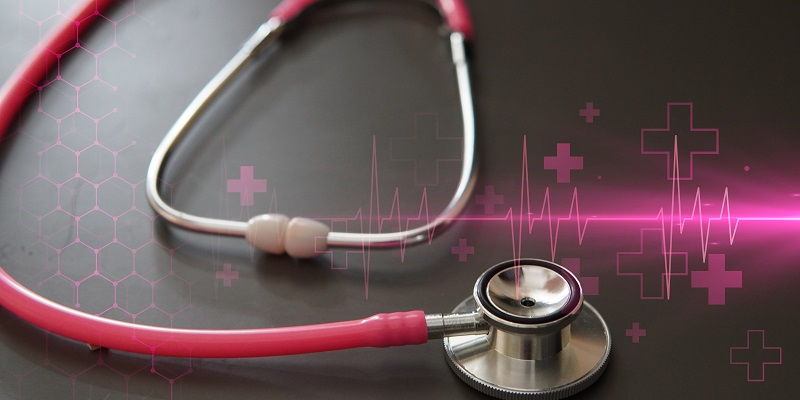The healthcare sector is facing a growing threat from a new and formidable Ransomware-as-a-Service (RaaS) group named NoEscape. The group has recently gained attention for its unique features and aggressive multi-extortion tactics, prompting the US Department of Health and Human Services to issue a warning advisory. With a specific focus on healthcare and public health organizations, NoEscape poses a significant risk to the industry and highlights the need for increased cybersecurity measures.
Unique Features and Tactics of NoEscape
NoEscape stands out among other ransomware groups due to its distinct features and ruthless tactics. The US Department of Health and Human Services advisory highlights its aggressive multi-extortion methods, which maximize the impact of successful attacks. These tactics include data exfiltration, encryption, and distributed denial-of-service (DDoS) attacks. By leveraging these techniques, NoEscape aims to exert significant pressure on its victims to comply with its demands.
Targeted industries
NoEscape has demonstrated a particular interest in targeting healthcare and public health organizations. However, it is not solely limited to these sectors. The group has also attacked organizations in professional services, manufacturing, and information industries. The diversity of its targets demonstrates NoEscape’s determination to exploit vulnerabilities across various sectors, emphasizing the urgent need for heightened cybersecurity measures across industries.
Communication channel and ransom demands
Once NoEscape successfully infiltrates a network, it leaves a note on the victim’s computer, serving as a communication channel with the ransomware developers. Victims are then required to pay the ransom in cryptocurrency, with the amount varying based on the severity of the attack. This approach ensures that the victims feel the pressure to comply quickly, as the consequences of non-payment may increase over time.
Preferred recipients
NoEscape has shown a clear preference for targeting organizations in the United States and Europe. This focus on developed regions is primarily driven by the potential for higher financial gains. The healthcare sector, which is often at the forefront of technological advancements, may particularly appeal to NoEscape due to the sensitive and valuable information it holds.
Multi-extortion tactics
NoEscape’s multi-extortion tactics are designed to inflict maximum disruption and financial damage. By employing data exfiltration, the group steals confidential information and threatens to release it publicly if the ransom is not paid. In addition, NoEscape utilizes encryption to lock critical files and systems, making them inoperable until the ransom is paid. DDoS attacks further intensify the impact of their operations, crippling victim organizations’ online presence and paralyzing their operations.
Links to Avaddon gangs
Interestingly, there are noticeable links between NoEscape and the now defunct Avaddon gangs. Encryption similarities and configuration overlaps suggest a potential connection between these groups. However, it is important to note that NoEscape employs the Salsa20 encryption algorithm, while Avaddon utilized AES.
Advice for defending against NoEscape
In light of the increasing threat posed by NoEscape, the US HHS Healthcare Cybersecurity and Communication Integration Center (HC3) has advised healthcare organizations to take immediate defensive actions. Recommendations include maintaining regular backups of critical data, ensuring that all software is up to date, implementing robust email security measures, using strong passwords and multi-factor authentication, and having an incident response plan in place.
NoEscape presents a significant and evolving threat to the healthcare sector and beyond, with its unique features and aggressive multi-extortion tactics. The links between this group and the Avaddon gangs further emphasize its potential for widespread destruction. It is crucial for organizations, especially in the healthcare industry, to prioritize cybersecurity measures to protect their critical data and systems. By following the advice issued by the US HHS HC3 and remaining vigilant, organizations can fortify their defenses against this formidable RaaS group.

